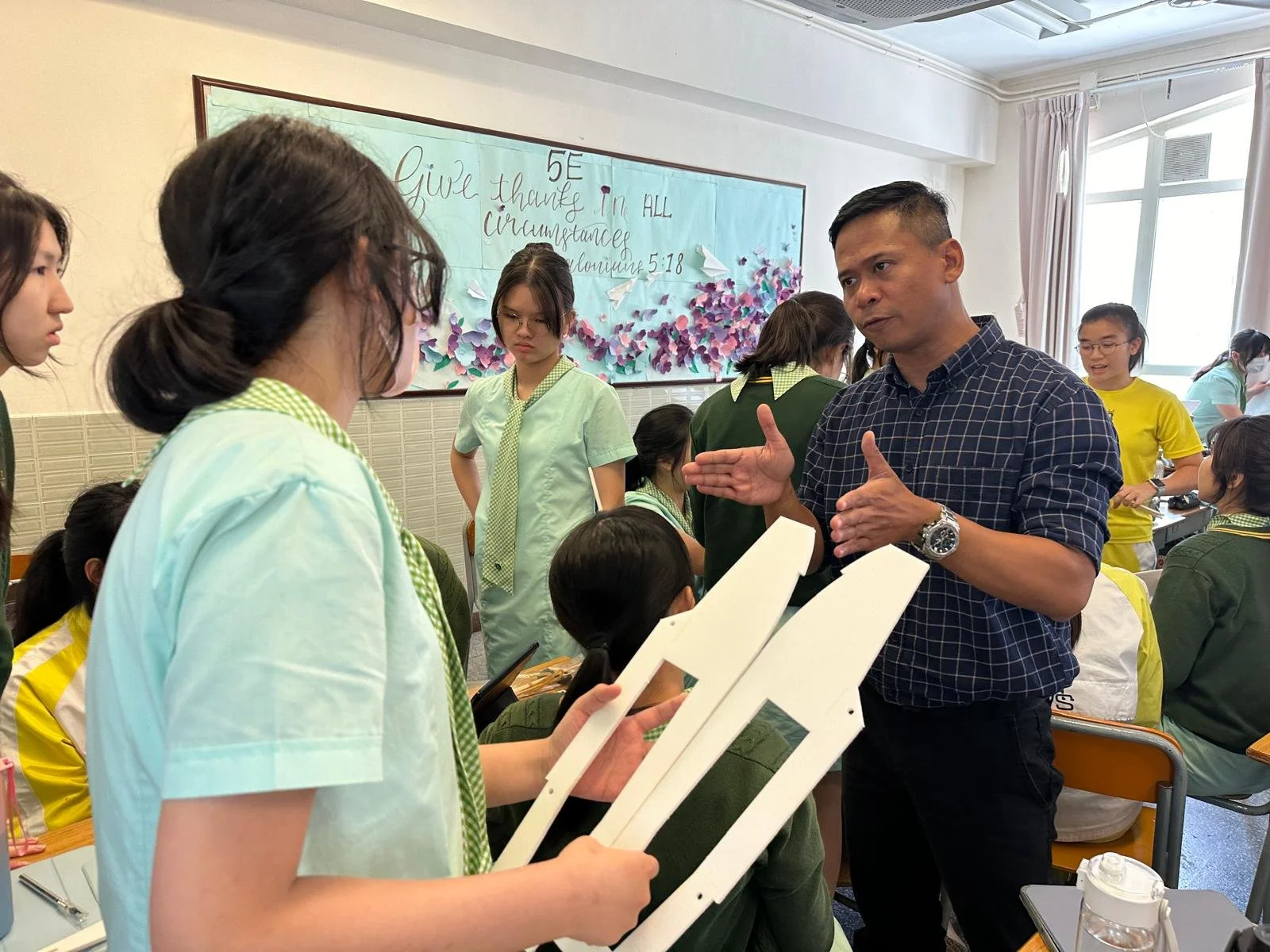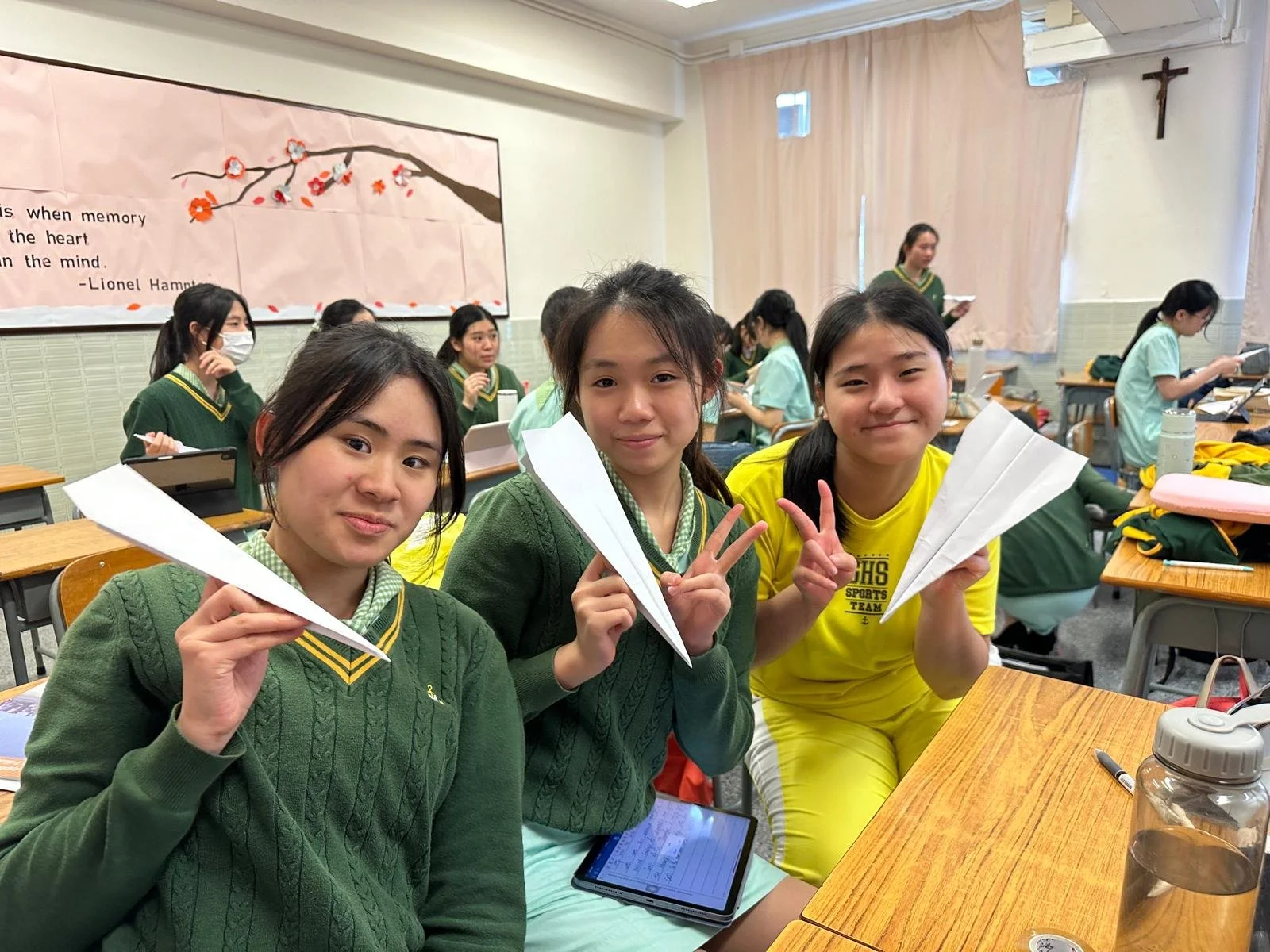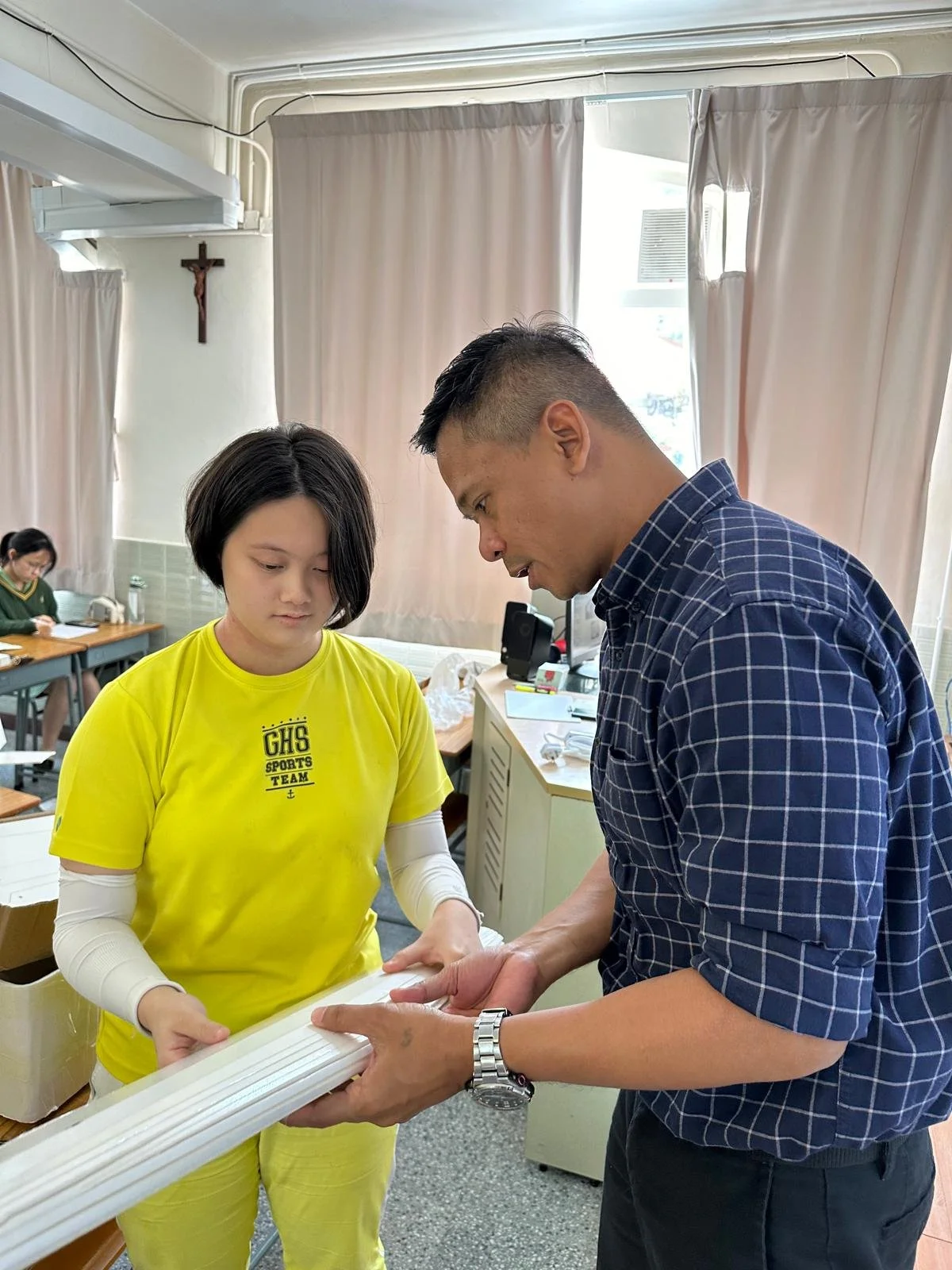
航空探險家
AVIATION EXPLORER
KS1
KS2
KS3
KS4
S
T
R
E
A
M
-
讓學生應用基本的空氣動力學知識測試自己設計的飛機、促進團隊建設及協作。
Allow students to apply basic aerodynamic knowledge to test aircraft of their own design, promote team building and collaborative work.
目標 Learning Objectives
成果 Learning Outcomes
-
學生將了解空氣動力學的基本原理,通過團體合作以製造自己的飛機。激發學生對航空、科學的興趣及想像力。
Students will learn the aerodynamics fundamentals and work in groups to build their own aircraft. The course hopes to inspire students' interest in aviation, science.
-
講述在飛機的空氣動力學中不同機翼的設計及其效果。講解不同類型飛機的目的。最後讓學生能夠製作自己的飛機。
Describes the design and effects of different wings in aircraft aerodynamics. Explain the purpose of different aircrafts. Finally, have students build their own aircraft.
-
以手動發射模式測試自己設計的機翼。一共進行7次發射,紀錄他們平均的表現,從而比較不同機翼設計與原始設計的差異。
Test your own wing design in manual launch mode for multiple times and record average performance to compare the differences between wing designs.
-
利用模擬器,學生可以在安全受控的環境中學習飛行物理、氣象學和導航知識。
Utilizing simulators, students can learn about the physics of flight, meteorology, and navigation in a safe and controlled environment.
課程內容 Learning Activities
研究問題 Key Questions:
飛機的基本組成部分是什麼?
What are the basic components of an airplane?
我們現在指導哪幾種機翼設計?
What types of wing designs are we instructing?
其設計背後的空氣動力學原理是什麼?
What are the aerodynamic principles behind?
有什麼發射飛機的技巧?
Any tips for launching an airplane?





